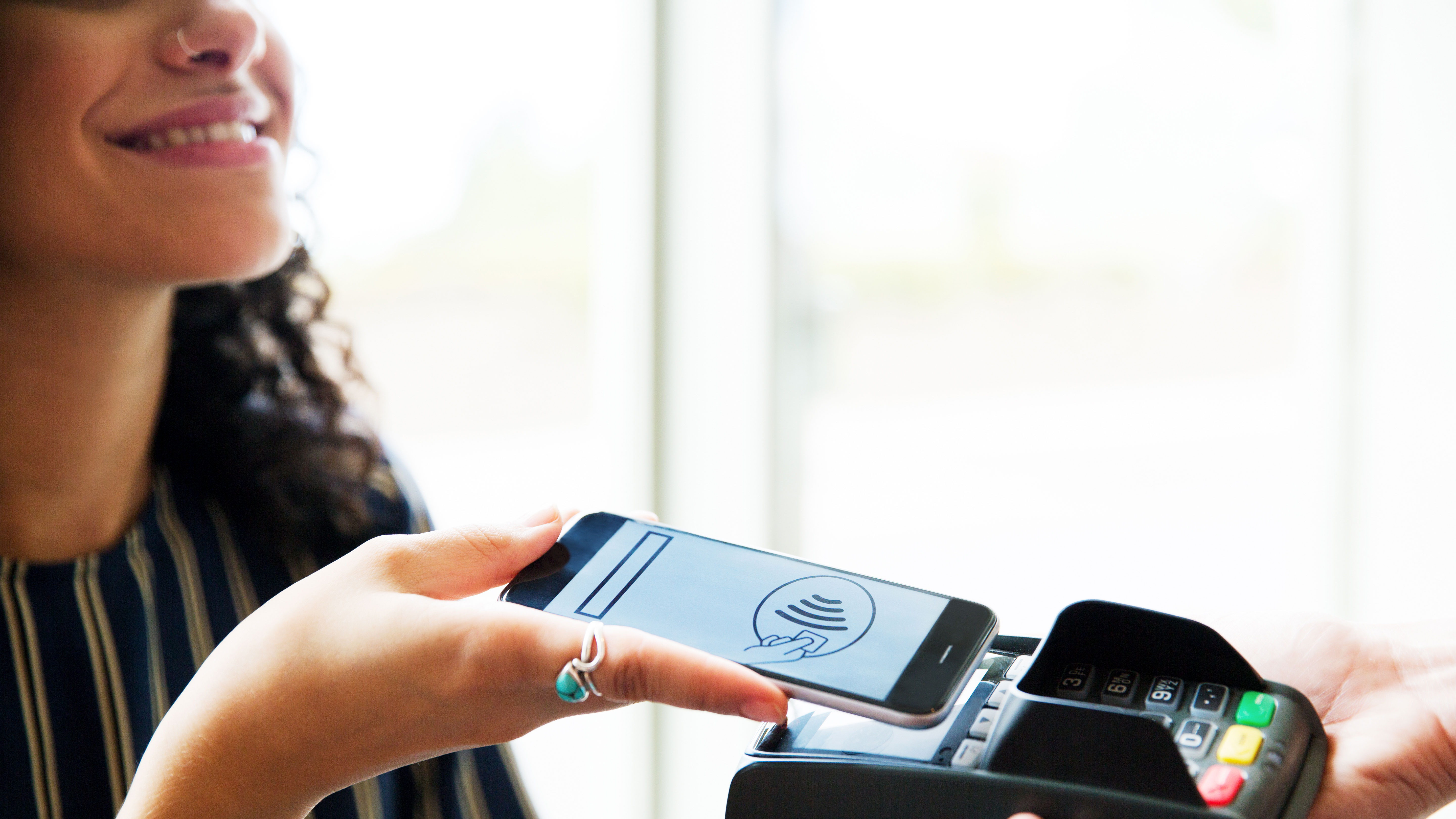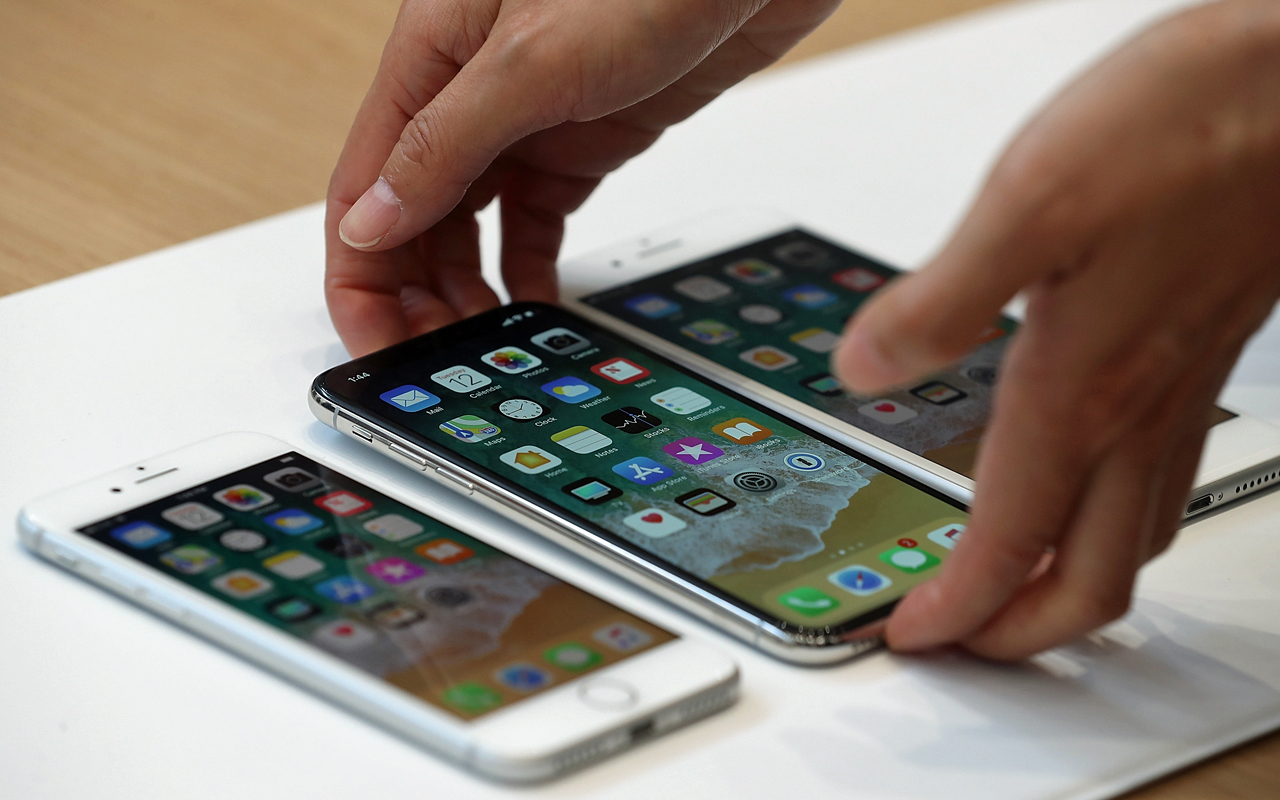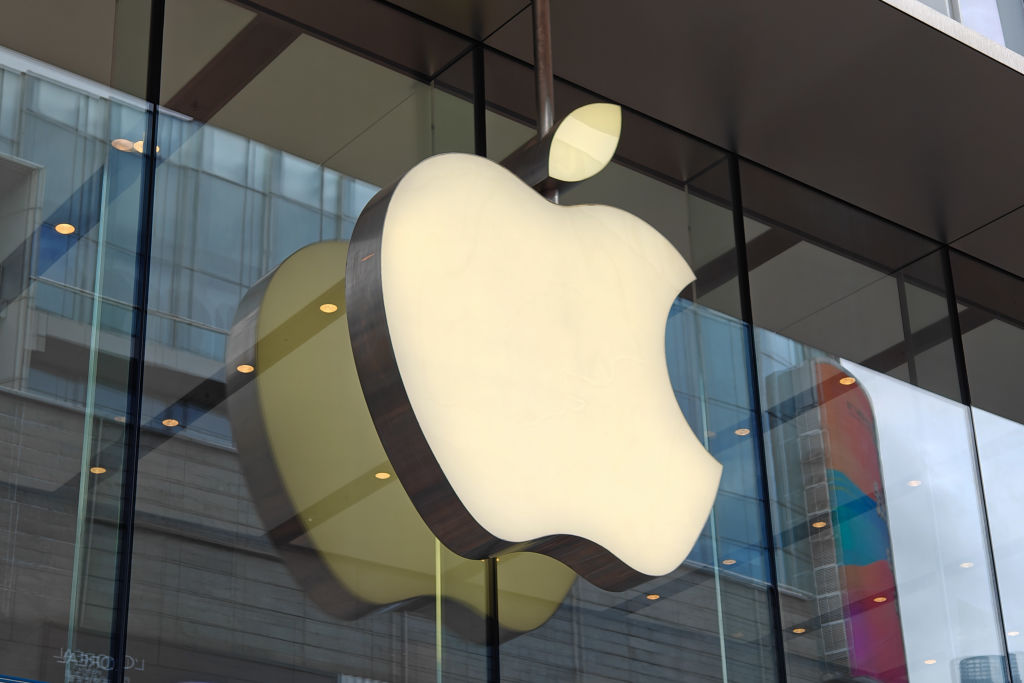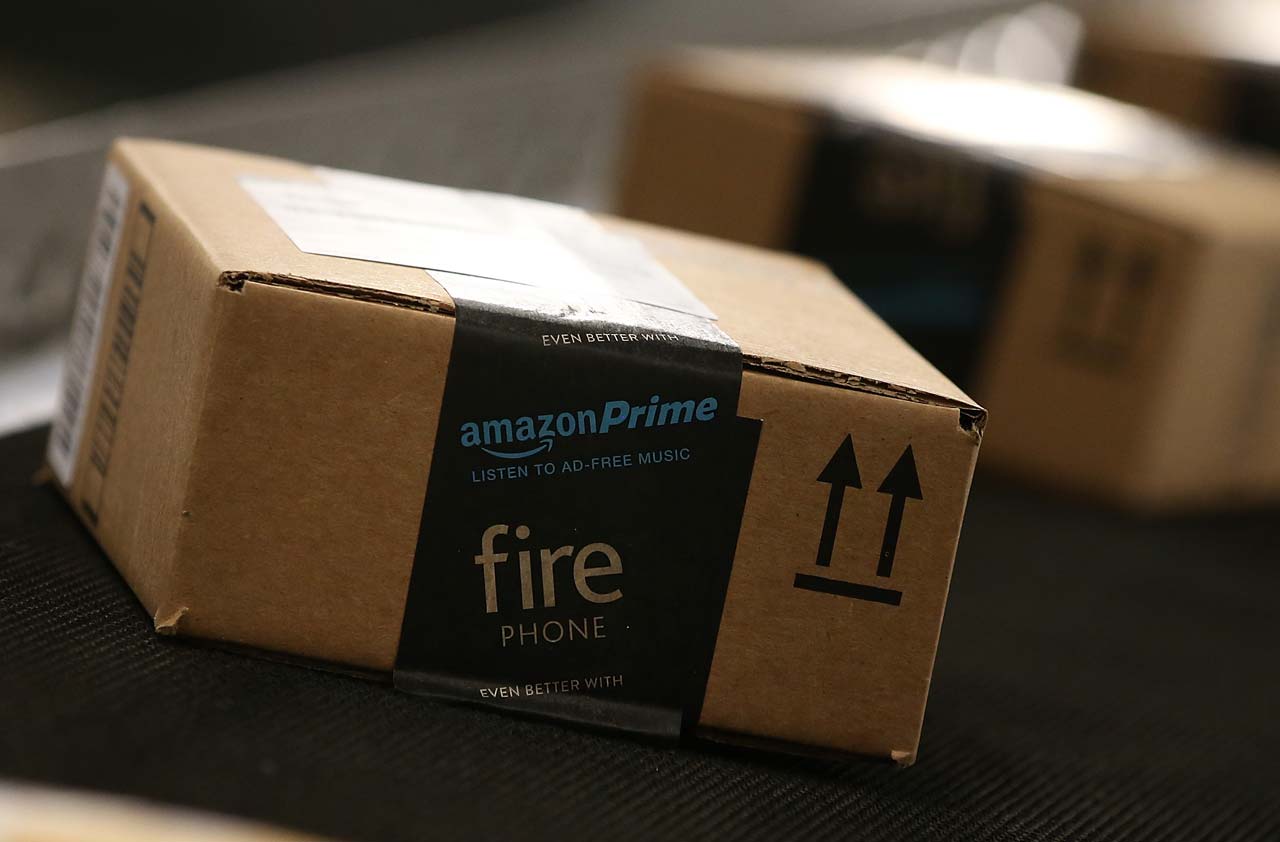Virtual Numbers Add Security to Credit Card Shopping
Some mobile wallets offer this feature, which randomly generates virtual digits that are linked to your credit card.


Protecting your credit card information from fraudsters is a job with many layers. It’s a good idea to check your credit report and bank statements frequently, and you can prevent someone from applying for credit in your name by freezing your credit records.
For extra protection, you may want to start disguising your actual credit card number with a virtual number—especially if you plan to do most of your shopping online this holiday season. Most Capital One and select Citi cards, as well as mobile wallets from Apple, Google and Samsung, offer this feature, which randomly generates virtual numbers that are linked to your credit card.
Capital One cardholders can protect online transactions by downloading and installing the browser extension Eno. When you are on a merchant’s checkout page, the extension pops up, you sign into your Capital One account, and Eno generates a merchant-specific virtual credit card number. (The numbers expire in five years.)

Sign up for Kiplinger’s Free E-Newsletters
Profit and prosper with the best of expert advice on investing, taxes, retirement, personal finance and more - straight to your e-mail.
Profit and prosper with the best of expert advice - straight to your e-mail.
Citi members must log in to their credit card account and opt in to use a virtual credit card number. An update rolling out by the end of this year will let users generate one virtual number for multiple merchants.
Mobile-wallet users have the advantage of being able to create virtual credit card numbers to use in-store as well as online. For example, Apple Pay stores a “token,” or a device-specific account number, that acts as a stand-in for your actual credit card number once you add the card to the mobile wallet. This token is encrypted and stored on the device. At checkout, Apple Pay will send the token information and a transaction-specific security code to the merchant, who relays it to the payment network, where it’s verified against the stored information. Google Pay and Samsung Pay work more or less the same way.
Keep in mind that because the merchant doesn’t have your actual card number, it’s important to keep a record of your receipt in case you need to make a return.
Get Kiplinger Today newsletter — free
Profit and prosper with the best of Kiplinger's advice on investing, taxes, retirement, personal finance and much more. Delivered daily. Enter your email in the box and click Sign Me Up.

Rivan joined Kiplinger on Leap Day 2016 as a reporter for Kiplinger's Personal Finance magazine. A Michigan native, she graduated from the University of Michigan in 2014 and from there freelanced as a local copy editor and proofreader, and served as a research assistant to a local Detroit journalist. Her work has been featured in the Ann Arbor Observer and Sage Business Researcher. She is currently assistant editor, personal finance at The Washington Post.
-
 6 Stunning Waterfront Homes for Sale Around the US
6 Stunning Waterfront Homes for Sale Around the USFrom private peninsulas to lakes, bayous and beyond, Kiplinger's "Listed" series brings you another selection of dream homes for sale on the waterfront.
By Charlotte Gorbold Published
-
 Six Reasons to Disinherit Someone and How to Do It
Six Reasons to Disinherit Someone and How to Do ItWhether you're navigating a second marriage, dealing with an estranged relative or leaving your assets to charity, there are reasons to disinherit someone. Here's how.
By Donna LeValley Published
-
 New Apple iPhone Update Helps Protect Your Security
New Apple iPhone Update Helps Protect Your SecurityThe new Apple iPhone update that hit phones recently helps protect yourself with security fixes.
By Alexandra Svokos Published
-
 Smart Ways to Invest Your Money This Year
Smart Ways to Invest Your Money This YearFollowing a red-hot run for the equities market, folks are looking for smart ways to invest this year. Stocks, bonds and CDs all have something to offer in 2024.
By Jeff Reeves Published
-
 Roth IRA Contribution Limits for 2025
Roth IRA Contribution Limits for 2025Roth IRAs Roth IRA contribution limits have gone up. Here's what you need to know.
By Jackie Stewart Last updated
-
 Four Tips for Renting Out Your Home on Airbnb
Four Tips for Renting Out Your Home on Airbnbreal estate Here's what you should know before listing your home on Airbnb.
By Miriam Cross Published
-
 Five Ways to a Cheap Last-Minute Vacation
Five Ways to a Cheap Last-Minute VacationTravel It is possible to pull off a cheap last-minute vacation. Here are some tips to make it happen.
By Vaishali Varu Last updated
-
 Apple Hikes Apple TV Plus Price and Other Services
Apple Hikes Apple TV Plus Price and Other ServicesApple’s latest round of price increases follows price hikes from Netflix, Discovery and other streamers in the last few months.
By Joey Solitro Published
-
 How to Figure Out How Much Life Insurance You Need
How to Figure Out How Much Life Insurance You Needinsurance Instead of relying on rules of thumb, you’re better off taking a systematic approach to figuring your life insurance needs.
By Kimberly Lankford Last updated
-
 Five Reasons You Shouldn't Shop on Amazon Prime Day
Five Reasons You Shouldn't Shop on Amazon Prime DaySmart Buying Think twice before getting lured into buying a bunch of stuff you don't need just because it's on sale.
By Andrea Browne Taylor Last updated